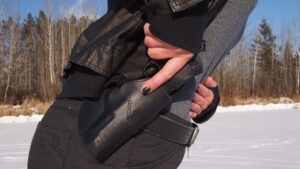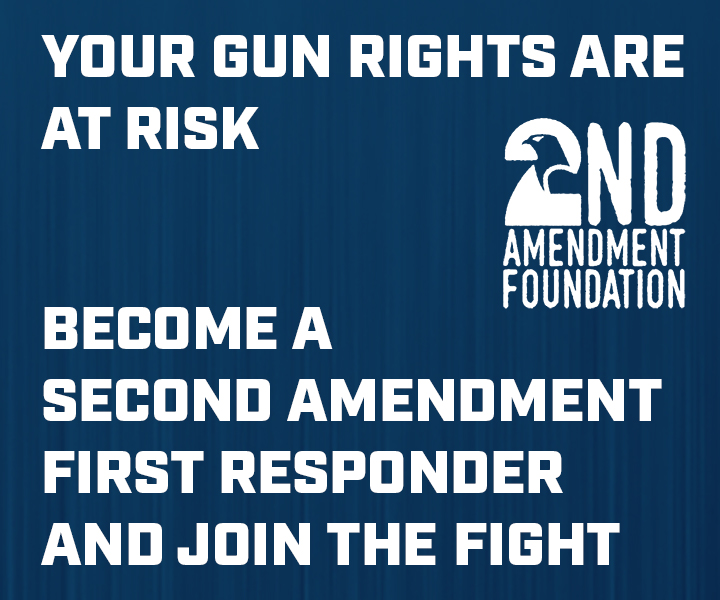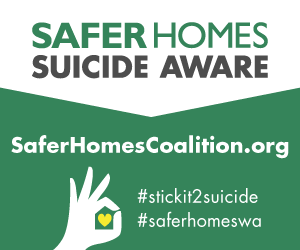By Kat Ainsworth Stevens | Contributing Editor
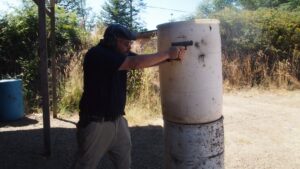
Recent events in Colorado and Georgia have brought the topic of active shooters back into the mainstream media’s headlines.
Those same events have also spurred a recurring theme on social media and in firearms-related group: what would you or should you do if you’re at the scene of an active killer shooting? Should you intervene? Should you run/hide/fight? Here are a few things to keep in mind on this potentially volatile yet vitally important topic.
But first, a disclaimer. I’m not a lawyer and this is not legal advice. The following is information gained from extensive training and a great deal of time spent picking the brains of seasoned professionals. There’s no such thing as a black-and-white, cut-and-dried answer. These situations are fluid and unpredictable.
Mindset
Mindset is a part of self-defense training that’s frequently overlooked. However, it’s something you must consider not briefly but at significant length. Before you begin training and carrying a firearm for self-defense purposes you have to consider whether you’re willing and able to use that firearm to defend your life (or the lives of your loved ones). Failure to consider the mental and physical consequences is a terrible mistake to make. And if you’re unwilling to use your gun you’re simply carrying something that can be taken from you and used against you. Same goes for if you refuse to train properly. Can you use your gun? Stop and think about it in graphic detail.

Training
It’s true training can be expensive, especially if you have to travel to get it. For the purpose of this discussion we’ll take a look at the Firearms Academy of Seattle’s (FAS) Active Shooter Interdiction training but it’s worth noting other locations such as Gunsite Academy in Paulden, Arizona also offer excellent training opportunities. There’s also anything and everything taught by Massad Ayoob, who travels all around the country.
“Active killer interdiction training” – a title Ayoob once mentioned as mattering because shooters in those situations are killers, not “shooters” – is a fantastic idea for gun owners interested in expanding their skills in a timely way. At FAS this is a two-day class and at Gunsite Academy it spans four days. The class is not for entry-level shooters but meant for shooters with intermediate-to-advanced defensive handgun skills.
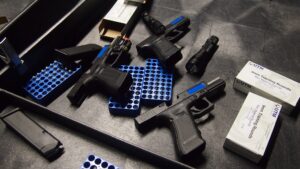
A solid foundation is a must. In this class some of the skills covered include shooting and moving, using cover-versus-concealment, working as part of a team, and some force-on-force.
Part of the course at FAS involves scenario work. Armed with triple-checked airsoft guns and protective gear, students enter a shoot house not knowing what they’re about to face. Decisions must be made immediately as the scenario plays out and odds are rather high the student will fail or “die” in the process. This is a good thing because it’s the best way to learn. Students begin to understand working in crowds and unpredictable situations, how to handle adrenaline, and how a seemingly brilliant plan can suddenly go awry. A favorite moment of mine took place during a restaurant-themed scenario. When the would-be active killer came onto the scene the student involved in the scenario got up and walked out. He was right, which brings us to our next point.
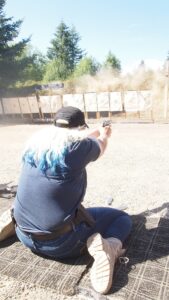
Fight or Flight?
The debate on public forums regarding whether or not a gun owner should get involved during an active killer’s murder spree seems to fall heavily on the “wish someone would try me” side. It’s easy to respond to this one bluntly: you are not John Wayne and this is not a movie.
Here is what you should consider about attempting to stop an “active killer.” Are you or one of your loved ones in danger from the shooter? Can you and your loved one leave the area without engaging the attacker? Remember, any fight you walk away from under your own power is a fight won. That includes leaving the scene of an active shooting without getting involved.
If you are unable to leave the area of an active killer shooting without crossing the shooter themselves, be smart. Knowing how and when to engage someone and stop the threat is helped along by situation-specific training. Then there are other issues to consider such as innocent bystanders, your own possible injury or death, and how to interact with law enforcement arriving on the scene.
As with following any attack from a violent offender you should never pursue them. Chasing a would-be killer down when they were fleeing is a good way to find yourself portrayed in court as someone looking for a fight. It’s also a solid way to get yourself or other people hurt or killed who might otherwise have gone unharmed. Again, this is not a movie, it’s real life.
Insurance
Choosing a reputable carry insurance company is something else you should do. There are multiple companies to consider with USCCA being a front runner for literal carry insurance and ACLDN – Armed Citizens Legal Defense Network – being a not-actually-insurance option (ACLDN is, as its name suggests, a legal defense network that assists members financially and in other ways in the aftermath of a self-defense situation).
Bottom Line
Get proper training and make an educated decision regarding whether you should do something if you find yourself at the scene of an active shooting. Make this decision now, not on the spot while adrenaline and confusion rule the moment. If you have your kids with you, do you still get involved? If you’re with your significant other, who is also armed, have the two of you trained together at all? Would you just be winging it? If your significant other is unarmed how do you two plan to handle it?
Figure it out well in advance. When the moment comes you won’t have the luxury of time on your side.

